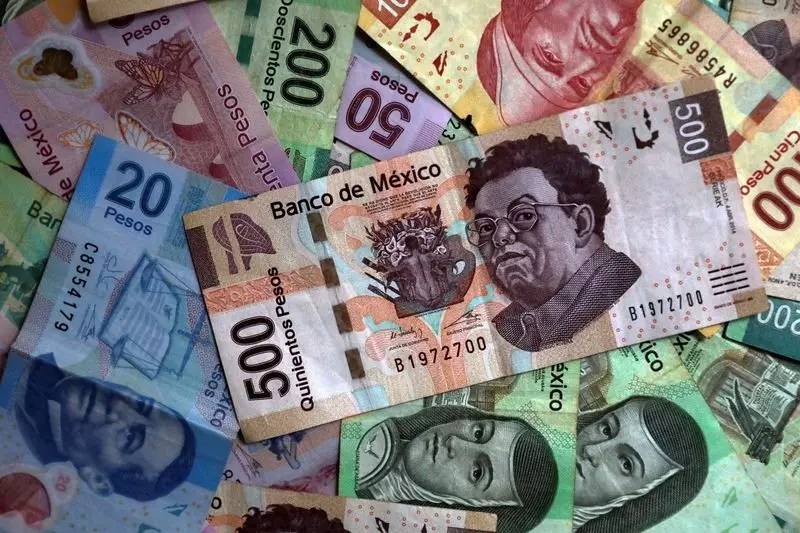The world of foreign exchange is highly sensitive to geopolitical events and governmental policies, especially when it comes to trade relations. Recent developments in U.S. tariff policies have sent ripples through global currency markets, particularly affecting the value of the Mexican peso and the Canadian dollar. As tensions rise, understanding these shifts offers us crucial insights into the dynamics of international trade and economics.
The immediate consequence of increased tariff threats from U.S. President Donald Trump is a noticeable weakening of both the Mexican and Canadian currencies. Analysts have observed a significant depreciation in the Mexican peso, with the USD/MXN exchange rate climbing up to 20.4949 pesos per dollar, marking a 1.1% increase. This depreciation indicates escalating investor concerns about the economic stability of Mexico amidst fears of a potential trade war.
The Canadian dollar has not been spared either; the USD/CAD pair rose by 0.1%, reaching 1.4381 Canadian dollars. The softening of these currencies hints at a broader realization among investors that trade relations in the North American landscape are precariously influenced by political rhetoric and policy decisions emanating from the U.S.
The backdrop to this currency depreciation is Trump’s recent imposition of a 25% tariff on all imports from Colombia. This aggressive foreign trade strategy was enacted after Colombia denied U.S. military planes carrying deported migrants access to its airspace. The retaliatory tariffs are a blatant display of the U.S. administration’s hardline stance on immigration and trade compliance.
Worse still, Trump has threatened to escalate tariffs against Mexico and Canada, indicating potential increases up to 50% should these countries fail to adhere to U.S. demands. Such unilateral actions can destabilize established trade agreements, further complicating economic relations within North America.
The current market sentiment reflects a broader unease regarding the stability of trade relationships in the region. Investors are acutely aware that the implications of Trump’s policies could extend beyond currency values, affecting trade volumes and economic growth across the region. The overall strength of the U.S. dollar has also fluctuated; while it firmed slightly against a basket of currencies, it remains a shadow of its former self following substantial losses from the previous week.
Aside from the immediate concern regarding currency values, one must also consider the long-term repercussions for regional economies. Heightened tariff threats not only influence current investor behavior but could lead to significant strategic shifts in trade dynamics, with countries potentially seeking alternative markets or trading partners.
As uncertainty looms over North American trade relations, it is essential for investors and policymakers to remain vigilant and adaptive. The ongoing developments surrounding U.S. tariffs on Mexico and Canada represent a pivotal moment in shaping future economic interactions. Careful observation of these trends and their implications on currency valuations will enable stakeholders to better navigate through a landscape fraught with volatility and risk.


Leave a Reply